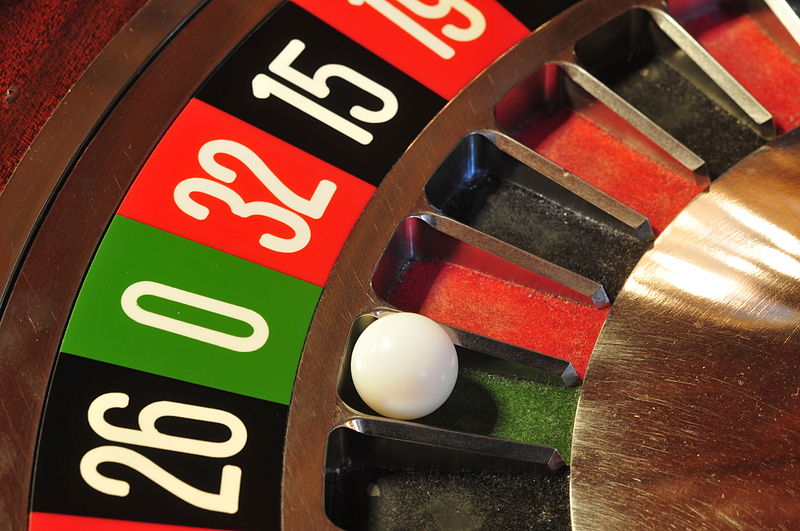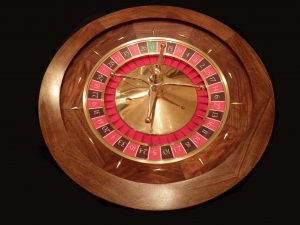How to be the best Roulette player at the table

To understand how to play the game, you must first take a detailed look at the layouts of the different Roulette wheels and learn the logic behind it. With this information in your tool belt, you are sure to bag yourself a win, and make better decisions when it’s your turn to place a bet.
The wheel is the most pivotal point of any game of Roulette. The Roulette wheel essentially holds the entire game together, making those crucial decisions that lead players to a win.
In the 17th century, the game of Roulette was in its most primitive form, and players used a cylinder type gadget. This was formulated by Blaise Pascal, a French physicist, philosopher, and inventor.
This invention was born of his quest to create a perpetual motion machine — something that can move, or perhaps spin, independently for a continuous amount of time. From this initial creation, the Roulette wheel continued to develop.
The game that we all know and love today has been played in its current form since the 1760s, standing the test of time amongst all other gambling games.
When you think of the Roulette wheel, you most probably assume that they are all the same wherever you go. However, this is not the case. There are two main options when selecting a wheel to play — American or European.
The main difference between these two are the zeros. The American wheel has two zero-value pockets on the wheel, a single and a double, and arguably plays in the favour of the casino, although this doesn’t stop people from deciding to play using it.
The European wheel is the most favoured of the two, with 37 numbered pockets and only one zero. The single zero pocket works in favour of the player, allowing them to go up against the house advantage with even money or outside bets. People play this wheel all over the world, and experts believe that it originated in France.
There are several reasons why the Roulette wheel takes its current form. Designers have considered the layout of the numbers on each wheel carefully; the format ensures a balanced gaming experience.
Now, let’s take a closer look at the rhyme and reasoning behind the layout of the wheel.
To confuse the newer players
The numbers on any Roulette wheel appear to alternate randomly, making it very difficult to identify a pattern or store a mental image of the wheel to study at a later date.
It also makes it considerably more difficult for anyone to notice any bias or specific sectors to bet on. The layout of the surrounding table also adds to this confusion.
More experienced Roulette players will most likely learn the sequence of the wheel’s numbers eventually. This will act as a slight advantage, so we suggest getting familiar with the layout, if you want to bag those big wins.
Alternating colours
Each pocket on the wheel should have an alternating colour to the number before and after it. This is a non-negotiable aspect of the game, and is implemented no matter which version of the wheel that you are playing on. It is also common practice for the colour distribution on the surrounding table to be balanced, but this is not as much of a concern as the wheel.
Low and high numbers should alternate, where possible
This rule is not as strict as the others. The European Roulette wheel follows this rule the closest, however the numbers 5 and 10 are exceptions. The American wheel has many sectors that don’t meet this criteria, which is why experts consider it to be a less balanced version of the game.
Odd and Even numbers
Odd and even numbers should be distributed evenly throughout the wheel, with no more than two even or odd numbers adjacent to each other.
So, now you know a whole lot more about the layout of the Roulette wheel, and why it is the way that it is, why not try your hand and take it for a spin yourself?

















